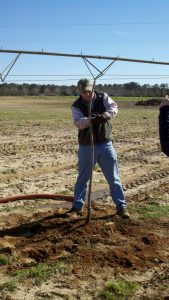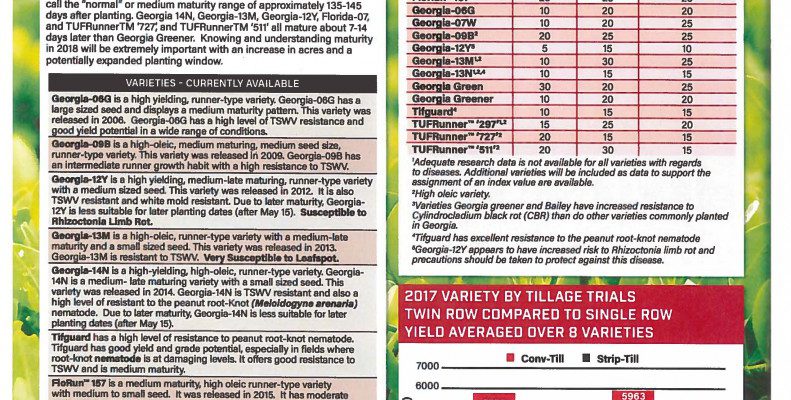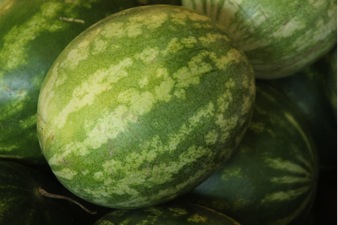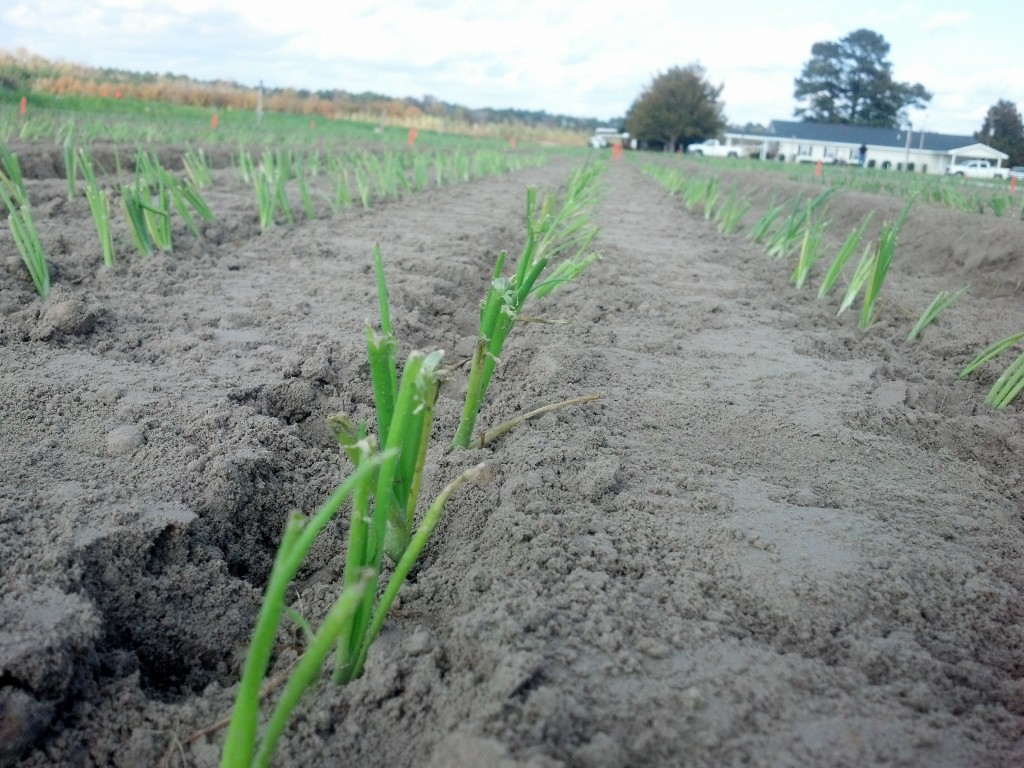Recent Posts
-
We are now taking orders for this year’s plant sale. The deadline to place your order is February 28, 2018. The form can be downloaded here: 2018 4-H Plant Order Form, or you can view the order form below.
-

Hello Everyone, Earlier this week, I sent out some information provided to me by Drs. Don Shurley and Adam Rabinowitz about the cotton policy changes. Since then, we have received more information and explanation of how things will work with the new changes. Below is the newest information we have. To view this information as…
Posted in: Cotton -

The Bipartisan Budget Act of 2018: What Farmers and Landowners Need to Know about Cotton and Generic Base by Don Shurley and Adam N. Rabinowitz On the morning of February 9, 2018, the U.S. Congress passed budget legislation that included the designation of seed cotton as a covered commodity under the 2014 farm bill. The…
Posted in: Cotton -

Here is a great guide on choosing a pecan pollinator. Lenny Wells, UGA Pecan Specialist, wrote this article recently: A couple of years ago I posted a short discussion of why pecans need a pollinator, which I suggest reading if you doubt the need of pollinators. I get many questions about the best pollinator to…
Posted in: Pecans -

This year, the UGA Peanut Team has given us this quick reference guide to help with commonly asked questions for the coming season. In it, you will find questions about variety selection, seed size, disease management, fertility, weed management, and insect control. Take a look below.
-
Every year, we get several questions about soybean varieties and their characteristics. Below is the list of recommended varieties for 2018. Varieties included on the list have a two year statewide average yield in the top half of the UGA OVT soybean trials. Visit the Statewide Variety Testing website for more specific information on…
Posted in: Uncategorized -

It will soon be time to plant watermelons. Here are the update weed control and fungicide programs for watermelons.
Posted in: watermelon
